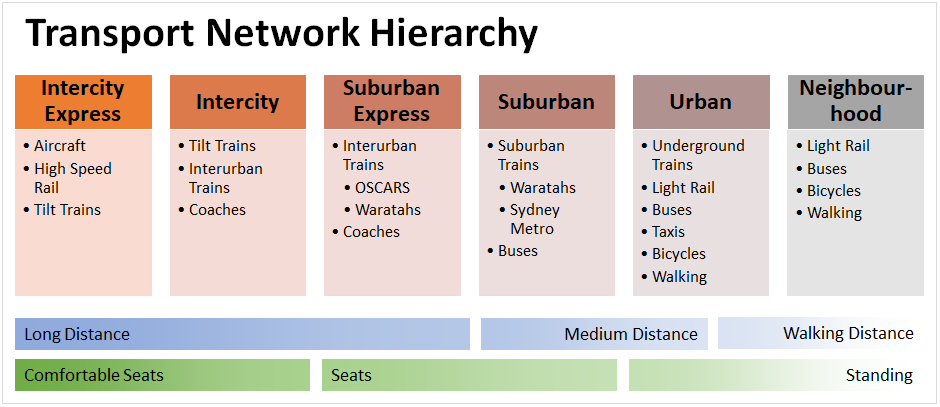Growth on the [NSW] public transport network has hurtled past long-term government predictions, with 93 million more trips taken on buses and trains last year [FY 2018-19] than what was forecast for 2031.
A report used by the NSW government as the “framework” for investing tens of billions in transport projects over the coming decades predicted rail growth would increase by 26% between 2011 and 2031.
However, the rail network reached and then exceeded that predicted figure by 2017, more than a decade early.
Rabe, Singhal (2020-02-19)
Several people have highlighted the government’s response.
Asked how it would respond to the patronage, the state’s transport agency said the department was “delighted” that demand was outpacing population growth.
Rabe, Singhal (2020-02-19)
This story in the SMH is based on research I conducted and brought to Mr Rabe’s attention, back in November 2019. It took awhile to get the all the planets aligned.
